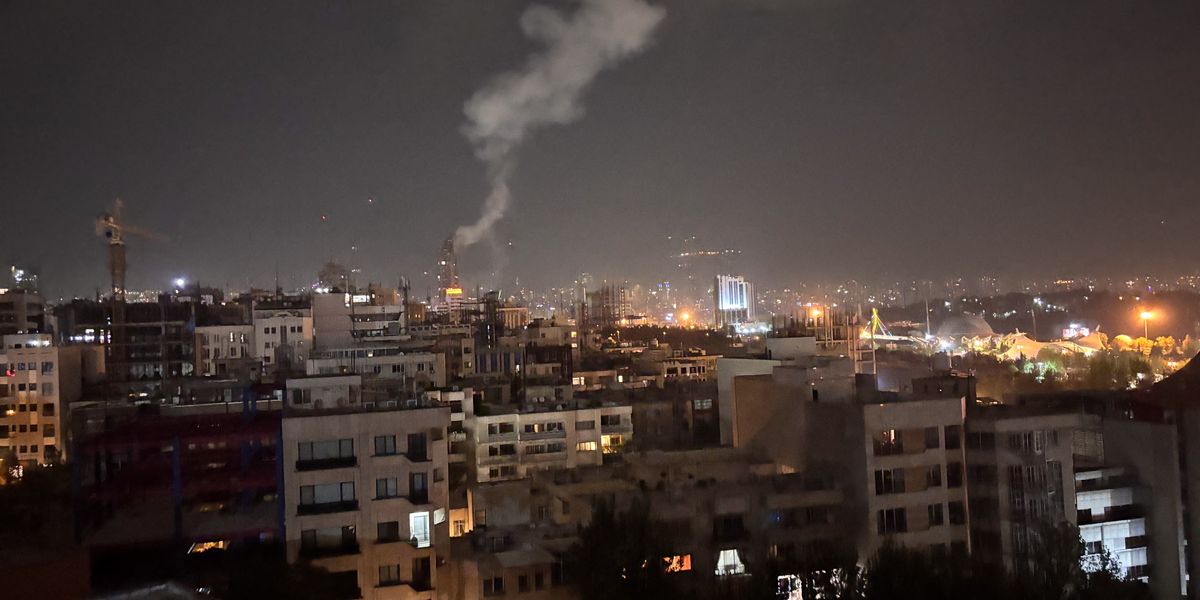The potential impact of the new tariffs on key U.S. trading partners could be vast and bruising.
SCOTT DETROW, HOST:
In two letters posted to social media, President Trump said today he will impose a 30% tariff on the European Union and on Mexico. This comes months after he imposed global tariff hikes and then temporarily lowered them again, intending to reach new deals by July 9, but that deadline has obviously now come and gone, and so far, only two actual deals have been announced. NPR political reporter Elena Moore is traveling with the president this weekend and joins us from New Jersey to give us the latest on those tariff letters. Hi, Elena.
ELENA MOORE, BYLINE: Hey, Scott.
DETROW: OK, so let's start with today's announcement, a proposed 30% tariff on the EU and Mexico. Tell us more about what's in these letters.
MOORE: Yeah, that's right - 30%, same number, but his reasoning as to why was different. You know, for the European Union, Trump argued that some of America's trade deficit was a result of EU trade policies. In the letter to Mexico, he said the tariff hike was due to what he called Mexico's failure to stop drugs like fentanyl from entering the U.S.
And, you know, these things don't appear to be finalized yet. An administration official told NPR that Mexico is in the same situation as Canada, which got a letter from Trump this week proposing a new 35% tariff. That official said it would, quote, "most likely" only affect imports that don't comply with an existing trade agreement between the U.S., Mexico and Canada. But the official also said that Trump hadn't made a final decision yet.
DETROW: So in addition to today's announcements, you mentioned Canada. What are some of the other countries that have received letters?
MOORE: Roughly two dozen so far, including key trading partners like South Korea and Japan. But at this point, the only trade deal that's been inked is with the United Kingdom. Otherwise, as of now, President Trump is simply saying, these letters are the deals, and they share a key warning. You know, Trump says, if these countries retaliate with their own high tariffs, he'll raise U.S. rates even higher.
DETROW: This started out as about trade policy, and as this keeps going, the messaging gets a little murkier, a lot murkier. What do you think is going on here with what President Trump is trying to do with this latest round of tariffs?
MOORE: Yeah, I mean, well, we know that Trump wants to increase U.S. manufacturing, and he's talked a lot about disliking trade deficits. But look, Scott, I mean, at least one of these letters was more about domestic politics in another country. Brazilian officials got a letter from Trump on Wednesday proposing to increase the rate from 10% to 50%, which is by far the highest yet.
And the reasoning here was different from the others. You know, in the letter, Trump criticized Brazil's left-leaning government, saying the new tariff rate was in part to, quote, "rectify the grave injustices of the current regime." And, you know, Trump has long been an ally of the country's former, you know, far-right president Jair Bolsonaro, who is on trial for allegedly trying to stop the peaceful transfer of power after losing reelection in 2022. And in the letter, Trump used a phrase we have heard him use before, saying there's a, quote, "witch hunt" against Bolsonaro.
DETROW: So Elena, let's zoom out a - for a moment. President Trump has threatened tariffs and then not followed through. He has imposed tariffs and then delayed them. He says these new tariffs will go into effect on August 1, but again, we have seen him extend deadlines before. How serious should we think about this latest round?
MOORE: Well, like we said earlier, last Wednesday was a deadline, but Trump signed a new executive order to extend it to August 1, and he sent mixed messages on just how firm that deadline is. He's previously said it's not 100% firm, and then he posted on Truth Social that there would be no extensions. So at this point, it's not really clear whether the president wants deals or if he's fine with these high tariffs going into effect.
DETROW: Elena, just walk us through how politically risky this is for Trump.
MOORE: I mean, it's been three months since he first rolled out those initial tariff hikes on nearly every country around the world, which Trump called Liberation Day, and that unprecedented decision briefly sent global markets into a real panic. Trump then walked it back and put tariffs at 10%, which is where we are now.
It's worth noting that markets have bounced back, but if these trade negotiations get spicier and rates go even higher, Americans could end up paying the price when they go to the store. And worth noting, Scott, you know, the president won reelection last year in part on a pledge to bring down prices. So the question now is, what happens if tariffs push prices higher?
DETROW: That is NPR political reporter Elena Moore. Thank you so much.
MOORE: Thanks, Scott.
Copyright © 2025 NPR. All rights reserved. Visit our website terms of use and permissions pages at www.npr.org for further information.
Accuracy and availability of NPR transcripts may vary. Transcript text may be revised to correct errors or match updates to audio. Audio on npr.org may be edited after its original broadcast or publication. The authoritative record of NPR’s programming is the audio record.

 13 hours ago
1
13 hours ago
1










 English (US) ·
English (US) ·